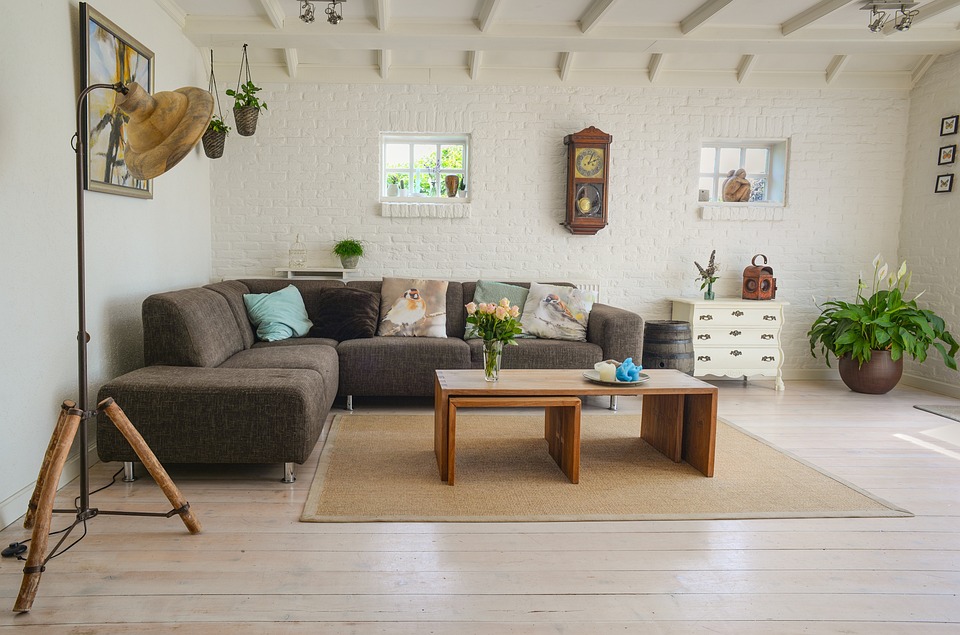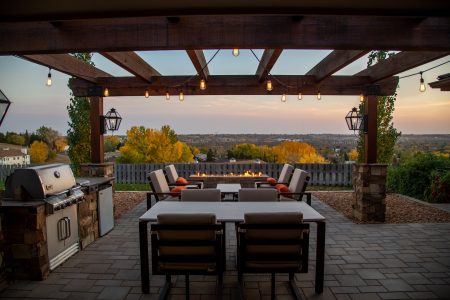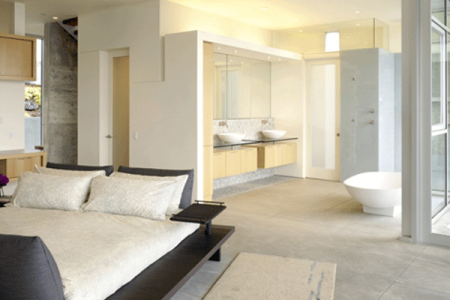Are you furnishing your new home or updating your existing home? Interior design mistakes are easy to make and can be very detrimental, physically and financially, if you don’t get the desired results. The following points will help you avoid interior design mistakes.
1) Determine Your Budget
Building a house is not about choosing paint or wallpaper. Curtains, for example, cost money, and you may have to reupholster or replace furniture! So, consider how much budget you want to allocate to home decorating and calculate everything well before you start shopping. That way, you won’t waste money on things that could be done more cheaply, and you will have enough money left to buy what you need.
2) Measure Everything
Measure the dimensions of the room where you want to place the furniture. Also, measure the dimensions of the furniture you wish to place. Having a realistic image of the space where you want to place the furniture is important. If necessary, draw everything to scale for an accurate estimate.
3) Less Is More
The most common mistake people make when furnishing a room is to clutter the space completely. Many place too much furniture and frills in their homes, making the whole area look rather cluttered instead of luxurious and peaceful. Try to find a balance and eliminate items that are no longer needed.
4) Appropriate Furniture
Try not to cram large furniture into a small room or, conversely, place small furniture in a large room. The proportions will be entirely out of balance, and you will feel uncomfortable.
5) Play With Color
Choose colors that suit the room, considering how light enters the room (position and size of windows) and whether the room faces north or south. Depending on the light and position, colors will look completely different. Work with a tester first to determine which color to paint or wallpaper the walls with.
Tip: Although it may seem counterintuitive, if you arrange your furniture and accessories first and then decide on the wall color, the color may match the furniture and décor. Also, consider the room’s size and the color’s impact. Light tones make a room appear larger, horizontal color accents add depth, and dark colors make a space appear smaller. To be sure, ask your painter or wallpaper store for advice.

6) Eye-catching
An interior without eye-catching decor also tends to be boring, especially if you choose a white living room. You can spice up the room with large pictures, unique artwork, a strikingly colored accent wall, or wallpaper in a special print. Decide at the beginning of the project which elements will be eye-catching and adjust the rest accordingly.
7) Do Things in the Right Order
It’s easy to make a list of things you need to do to get the furniture in the correct order.
1. Keep track of yourself. Make a mood board and ask an expert for advice on choosing the right living room style for you and your home.
2. Choose the larger pieces of furniture first, then the lighting, window surrounds, and smaller pieces of furniture.
3. Add decorations and plants to make the space cozy.
8) Use of Glass and Mirrors
Want to make it bigger? You can install a glass wall in the house instead of a brick wall. This will allow light to pass beautifully through the entire house and make it feel like one big whole, even though it surrounds the living space.
A well-known method is to place large mirrors, which can make a room appear many times larger.
Strategically placed giant wall mirrors can make a living space feel twice as large.
When placing mirrors, consider the shape of the room and the incoming light. Want to make the room appear larger? Then place the mirror near a wide wall. Want to make the room appear longer? Then put it near a narrow wall.
Let us know if these few tips have helped you in the comments below!






I love how you talk about the importance of proportion in the size of the furniture with the size of the room. My sister recently moved to a small farm and she’s been talking about how her house feels empty without a lot of furniture. We’ve been looking into finding a place that makes farmhouse-style things to match the rest of her tastes and house style.